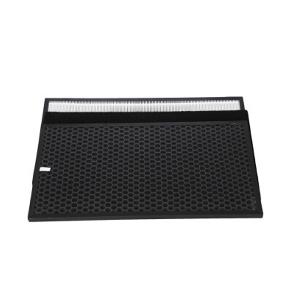source:other news release time:2023-09-15 Hits: Popular:led screen wholesaler

1. The Connotation of Intelligent LED Lighting
Traditional LEDs had already appeared as early as 1962. Initially, LED products could only emit low luminosity red light, but now the light that can be emitted is ubiquitous in visible light, infrared light, and ultraviolet light; At the same time, its use has also evolved from initial indicator lights and display boards to displays, lighting decorations, and lighting. In recent years, with the emergence of new technologies such as the Internet and cloud computing, people are no longer satisfied with the basic functions and economic benefits of LED lighting, such as high brightness, low energy consumption, long lifespan, and low power. Instead, they are more inclined to combine LED with advanced IoT and cloud computing technologies, starting from human psychology, physiology, and sociology, considering individual comfort, photobiosafety, and other aspects to improve learning The soft indicators of working and living conditions and the social benefits of reducing air pollution and protecting the environment, namely the intelligence of LED.
In the context of Industry 4.0, combined with the serious overcapacity problem of traditional LED homogenization and low-end in the past decade, our development and demand for LED products can no longer only focus on the performance of lighting itself, but also strive to integrate with other industry technologies, in order to obtain LED intelligent lights with composite functions, thereby diverting the production capacity of the LED industry. So far, there are two main directions for diversion. The first is to break through in the field of agricultural lighting, and the second is to develop into the field of optical communication.
2. LED agricultural intelligence
In agriculture, we know that light is one of the most important environmental factors for plant growth and development, and has a direct regulatory effect on plant photosynthesis and growth and development metabolism. Currently known environmental factors, such as relative humidity, temperature, light intensity, and light quality, have a close impact on plant growth and development. Among these factors, light quality directly affects the main growth indicators of plant stems, lateral branching, leaf expansion, and pigment deposition. And the integration of these light qualities is mainly controlled by the continuous intensity of red and blue light, while the pathway of hormone signals has a profound impact on plants, triggering physiological responses and thus controlling their growth and development.
The advantages of using LED as an artificial light source for controlling plant growth lie in its high energy conversion efficiency, the use of DC power supply, small product size, long lifespan, wavelength determination, and adjustable low light intensity/quality ratio for thermal energy output. Some crops have already been cultivated under LED light, such as snails, chili peppers, wheat, spinach, etc. Research has shown that red light plays an important role in the development of photosynthetic organs in plants, and it can also increase the accumulation of starch on plants. At the same time, there are reports that using far-infrared radiation to irradiate plants can improve the antioxidant properties of rice husks. This indicates that specific light radiation can increase the nutritional content of food.
Read recommendations:
rental led screen Manufacturing
led performance Characteristics
How will the small spacing full -color LED display develop in the future.outdoor rental led scren ma